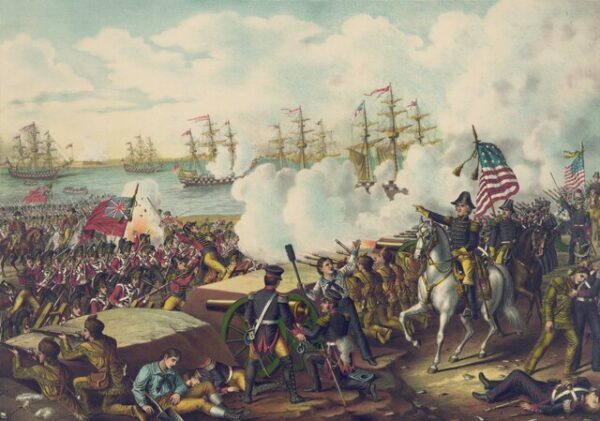On January 8, 1982, the largest corporation in the world received a mandate to break up, changing the way people connect and sparking an eventual technological revolution. The breakup of the Bell System was a significant event in the history of American telecommunications. The Bell System, also known as Ma Bell, was an integrated telecommunications system that dominated the industry in the United States and Canada for much of the 20th century. It was operated by the American Telephone and Telegraph Company (AT&T) and included a network of local and long-distance telephone companies. The system was named after Alexander Graham Bell, the inventor of the telephone and founder of the original AT&T.
In the early 1970s, the United States government grew concerned that AT&T’s monopoly over the telecommunications industry was stifling competition and innovation. The government believed that AT&T’s control over both the production of telephone equipment and the provision of telephone services was unfair to consumers and other companies. In 1974, the United States Department of Justice filed an antitrust lawsuit against AT&T, aiming to break up the Bell System and create a more competitive market.
The legal battle lasted for several years, and in 1982, AT&T agreed to a settlement known as the Modified Final Judgment (MFJ). Under the terms of the MFJ, AT&T would divest itself of its local telephone operations but retain its long-distance services, research and development arm Bell Labs, and manufacturing arm Western Electric. The divestiture led to the creation of seven independent Regional Bell Operating Companies (RBOCs), commonly referred to as “Baby Bells,” which were responsible for providing local telephone service in specific geographic areas.
The breakup of the Bell System officially took place on January 1, 1984. This event had a profound impact on the telecommunications industry. It opened the market to competition, leading to lower prices, improved customer service, and the introduction of new technologies such as mobile phones and high-speed internet. The Baby Bells were able to operate independently, and some eventually merged or diversified into other areas of telecommunications and media.
In the years following the breakup, the telecommunications landscape continued to evolve rapidly. The Baby Bells faced new challenges and opportunities as they adapted to a changing market. Some of the companies merged with each other or with newer competitors, while others expanded into international markets or different sectors of the industry.
Today, the modern phone systems we use and the choices we have, can all go back to the breakup of the Bell System.






